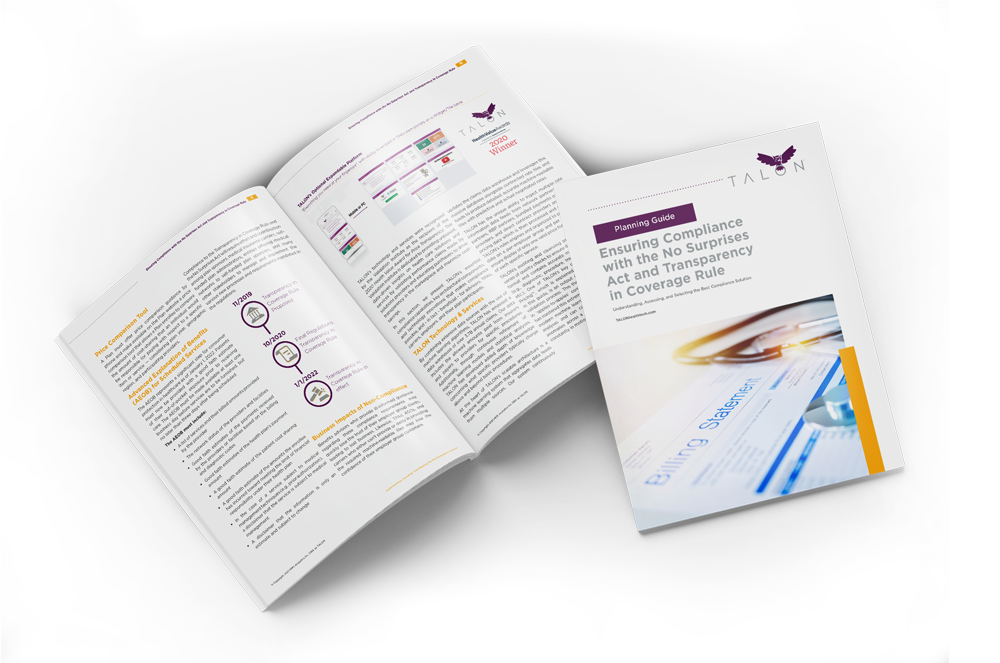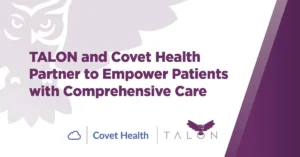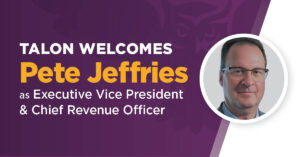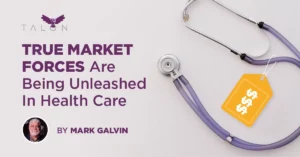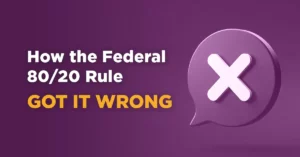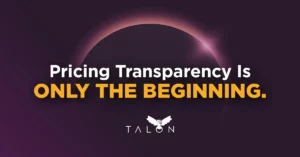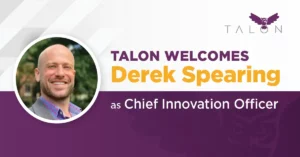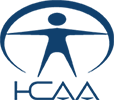Our Blog: The New Healthcare Marketplace
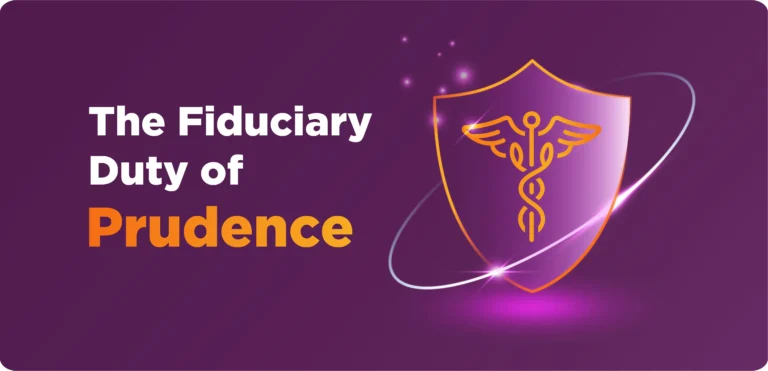
The Fiduciary Duty of Prudence
In the next blog post within the TALON price transparency series, we will highlight the impact of price transparency already being felt by employers and employees, and what it might mean for fiduciaries going forward. Introduction to Blog Series: Transparency in healthcare pricing has finally arrived with the passage of January 1st, 2024. The series
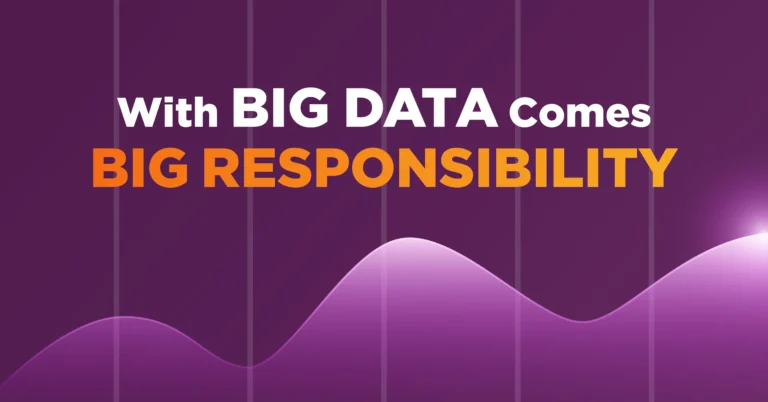
With BIG Data comes BIG RESPONSIBILITY
In the next blog post within the TALON price transparency series, we will highlight why incorporating healthcare price transparency data will provide competitive insights and symmetrical information in the market for all key stakeholders. Introduction to Blog Series: Transparency in healthcare pricing has finally arrived with the passage of January 1st, 2024. The series of
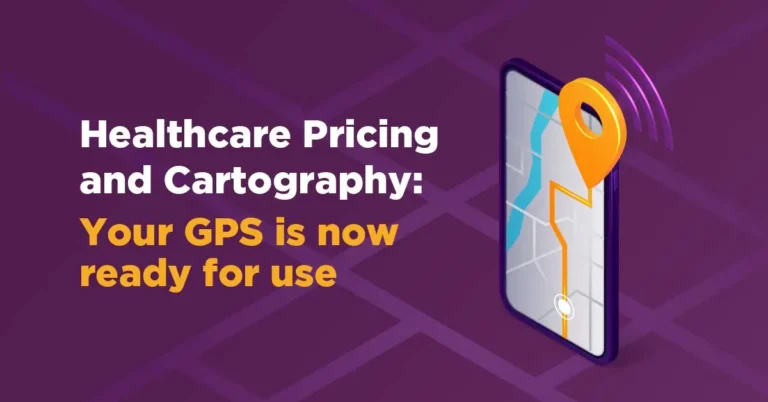
Healthcare Pricing and Cartography: Your GPS is now ready for use
Introduction to Blog Series: Transparency in healthcare pricing has finally arrived with the passage of January 1st, 2024. The series of actions that have led us to this point goes as far back as the implementation of the Affordable Care Act, but more recently include the implementation and enforcement of the Hospital Transparency Rule, the
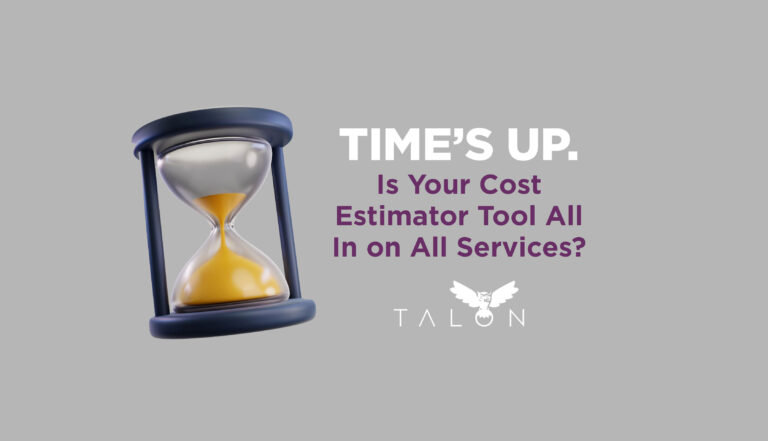
Transparency in Coverage Final Phase Rollout Blog Post
It’s Finally Here. The moment we’ve all prepared for—or have we? The simple fact is that when the second phase of the Transparency in Coverage Rule was rolled out on January 1, 2023, requiring plans to provide members with an online pricing tool containing easily accessible cost-sharing information for a list of 500 services,
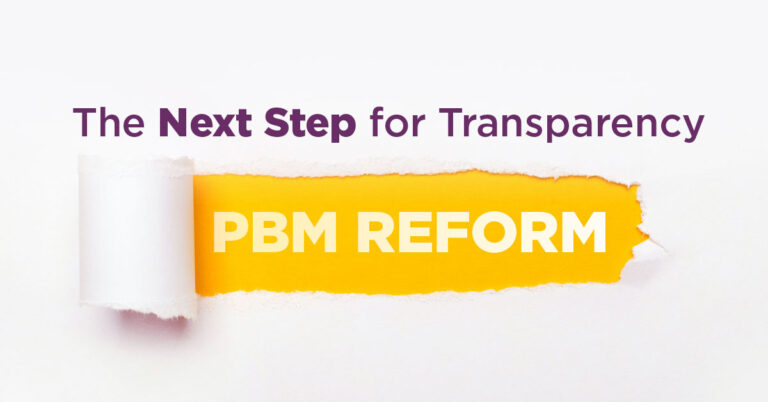
The Next Step for Transparency – PBM Reform
As we close another year and look ahead to the final rollout phase of the Transparency in Coverage Rule (TiC), it’s the perfect time to reflect on what has been accomplished. It’s been a long and tedious process of implementing all three phases of TiC across health plans and insurance issuers in individual and group

The Power of Aligned Incentives
Even before the Transparency in Coverage Rule (TiC) was finalized in October 2020, requiring health insurance plans and issuers to disclose healthcare pricing information to plan participants, we were asking ourselves how to build a platform that would usher in this new era in healthcare. Compliance is an essential and foundational element, but at

The Fiduciary Duty of Prudence
In the next blog post within the TALON price transparency series, we will highlight the impact of price transparency already being felt by employers and employees, and what it might mean for fiduciaries going forward. Introduction to Blog Series: Transparency in healthcare pricing has finally arrived with the passage of January 1st, 2024. The series

With BIG Data comes BIG RESPONSIBILITY
In the next blog post within the TALON price transparency series, we will highlight why incorporating healthcare price transparency data will provide competitive insights and symmetrical information in the market for all key stakeholders. Introduction to Blog Series: Transparency in healthcare pricing has finally arrived with the passage of January 1st, 2024. The series of

Healthcare Pricing and Cartography: Your GPS is now ready for use
Introduction to Blog Series: Transparency in healthcare pricing has finally arrived with the passage of January 1st, 2024. The series of actions that have led us to this point goes as far back as the implementation of the Affordable Care Act, but more recently include the implementation and enforcement of the Hospital Transparency Rule, the

Transparency in Coverage Final Phase Rollout Blog Post
It’s Finally Here. The moment we’ve all prepared for—or have we? The simple fact is that when the second phase of the Transparency in Coverage Rule was rolled out on January 1, 2023, requiring plans to provide members with an online pricing tool containing easily accessible cost-sharing information for a list of 500 services,

The Next Step for Transparency – PBM Reform
As we close another year and look ahead to the final rollout phase of the Transparency in Coverage Rule (TiC), it’s the perfect time to reflect on what has been accomplished. It’s been a long and tedious process of implementing all three phases of TiC across health plans and insurance issuers in individual and group

The Power of Aligned Incentives
Even before the Transparency in Coverage Rule (TiC) was finalized in October 2020, requiring health insurance plans and issuers to disclose healthcare pricing information to plan participants, we were asking ourselves how to build a platform that would usher in this new era in healthcare. Compliance is an essential and foundational element, but at
Take
Flight.
Download the full Planning Guide
Ensuring Compliance with the No Surprises Act and Transparency in Coverage Rule
Resources
Executive Summary
Download the Executive Summary of Ensuring Compliance with the No Surprises Act and Transparency in Coverage Rule
Key Considerations
What you need to consider with Ensuring Compliance with the No Surprises Act and Transparency in Coverage Rule
Planning Guide
Download the Planning Guide Ensuring Compliance with the No Surprises Act and Transparency in Coverage Rule
Transparency in Coverage Final Rule
Learn about how the final rule applies to your group.
No Surprises Act
Learn about how the act applies to your group.
True Price Transparency
True price transparency means no surprises.

